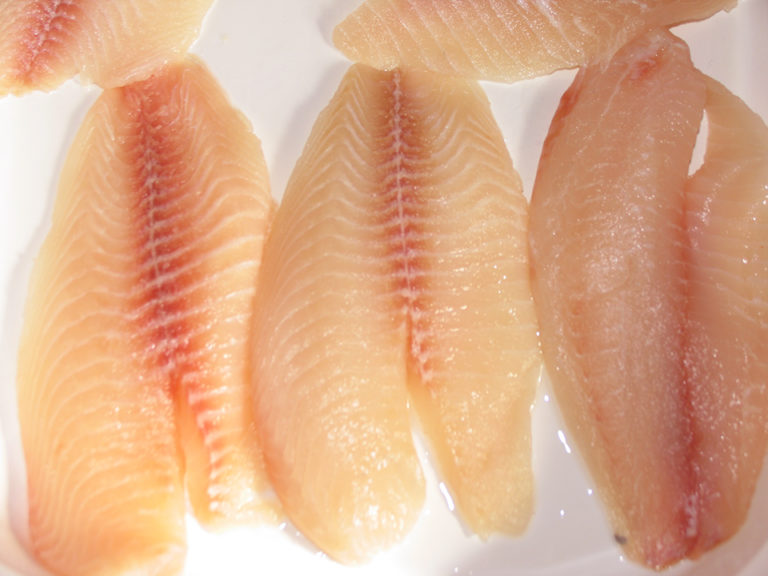
Intelligence
Moisture-retention treatments connected to odors in tilapia fillets
An investigation into ammonia-like odors in tilapia fillets that could result in product rejection traced the source to moisture-retention chemicals.
Health & Welfare
China’s expansive tilapia culture industry is based on exotic species introduced continuously since 1956. Technical advances for improving the limited germplasm are expected to aid the industry.

Intelligence
An investigation into ammonia-like odors in tilapia fillets that could result in product rejection traced the source to moisture-retention chemicals.
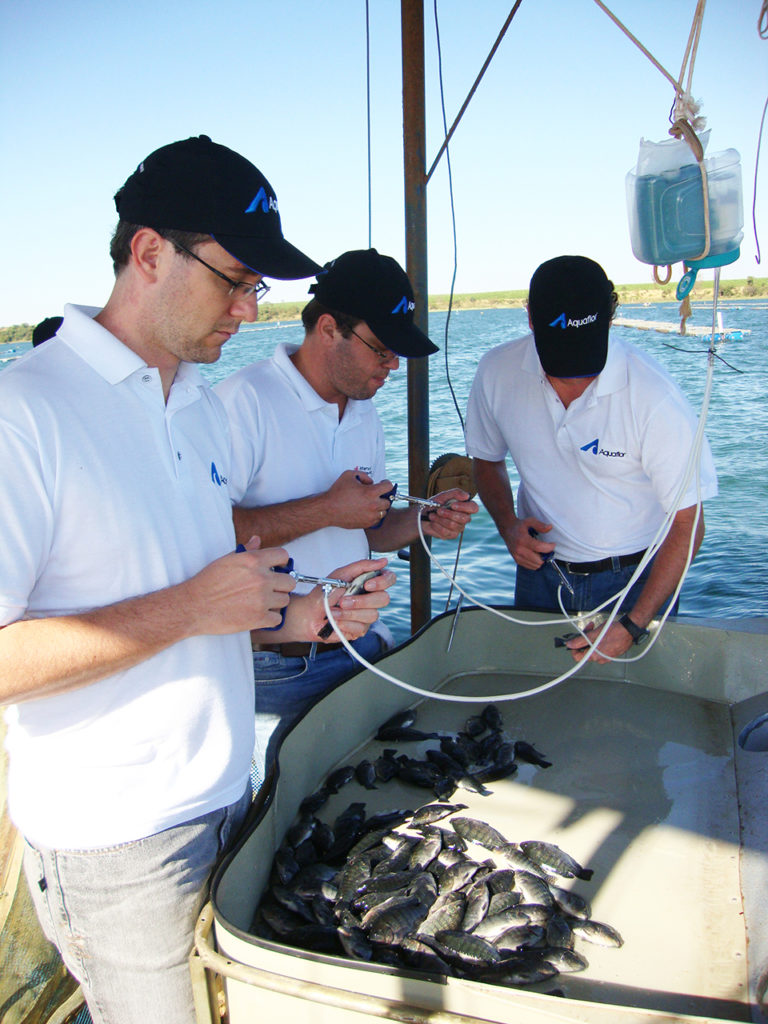
Health & Welfare
Streptococcus species account for over half of all bacterial diseases in tilapia. The authors studied the ability of biotype-specific vaccines.
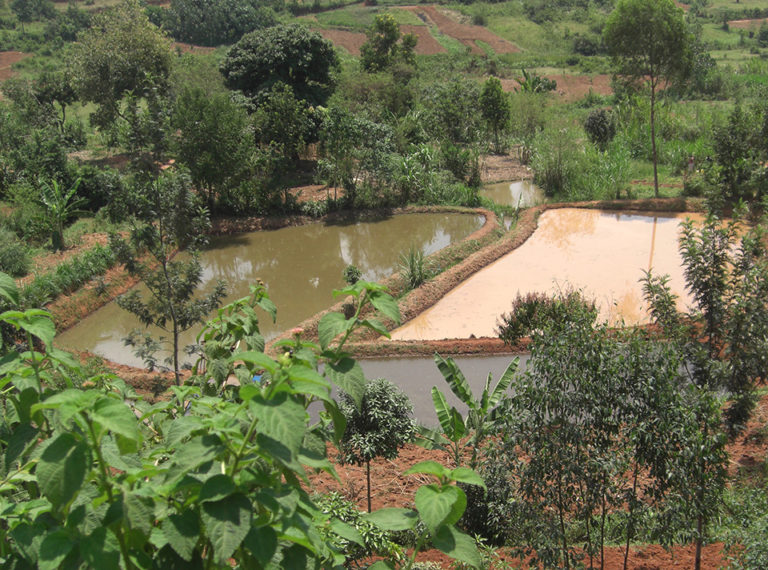
Health & Welfare
Kenya's economic stimulus program includes a bold move to help the country’s small-scale farmers literally dig themselves out of poverty with fish ponds.
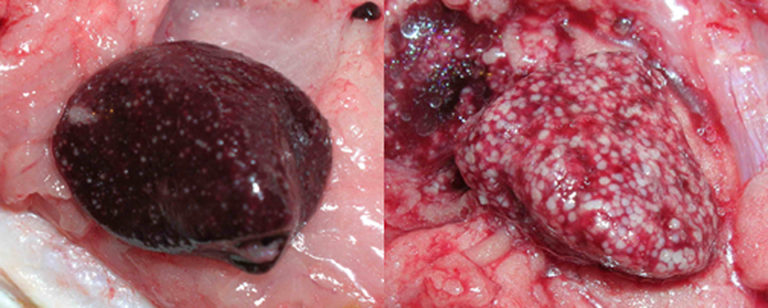
Health & Welfare
Granulomas in diseased fish often indicate infections by bacteria. External signs range from ulcers and emaciation to lethargy or no signs at all. Internally, gray or tan foci present in organs and can coalesce with severe inflammation.
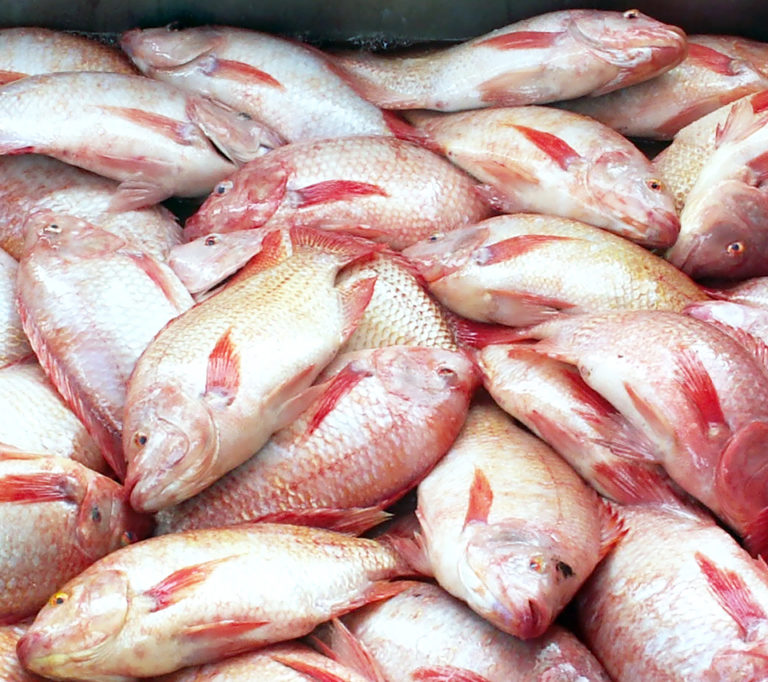
Health & Welfare
Thailand’s tilapia industry has been able to grow into a thriving sector thanks to technological advances and knowledge sharing.
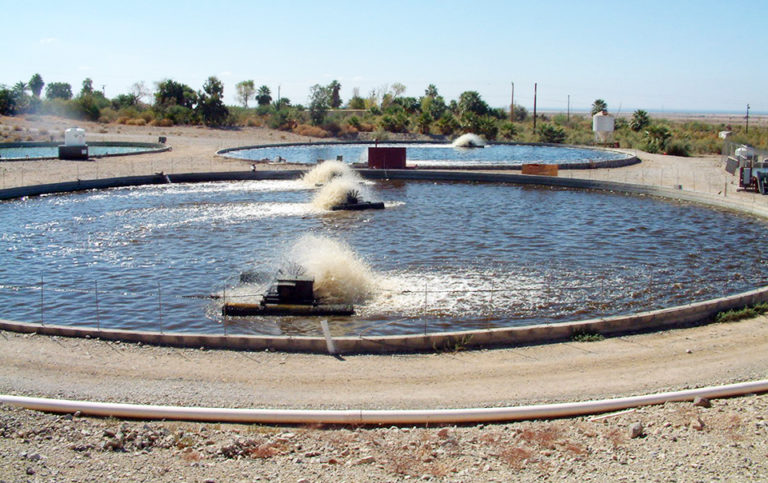
Health & Welfare
Biofloc systems enable more intensive tilapia production. The fish adapt to the conditions within biofloc systems and grow well by utilizing the bioflocs as a feed source.
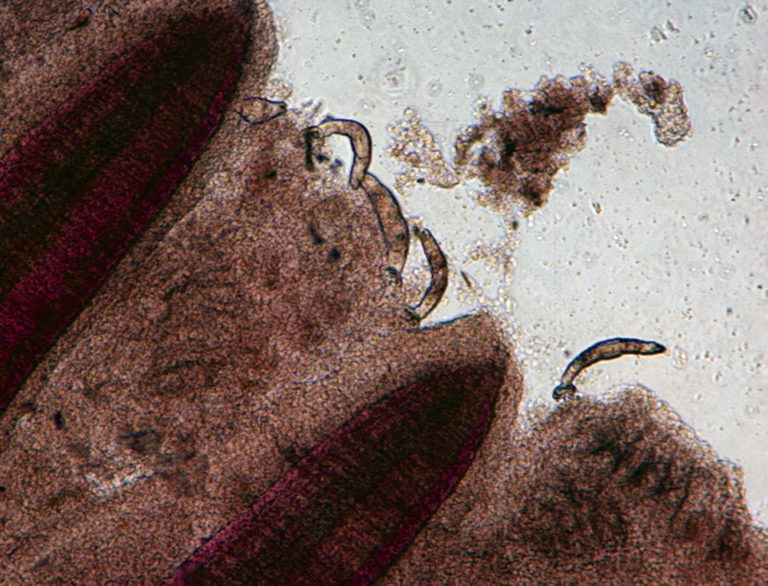
Health & Welfare
The authors conducted a study to evaluate whether tilapia infected with Gyrodactylus were more susceptible to Streptococcus iniae. The research found that fish with a solo infection of Gyrodactylus or Streptococcus had less than 7 percent total mortality.
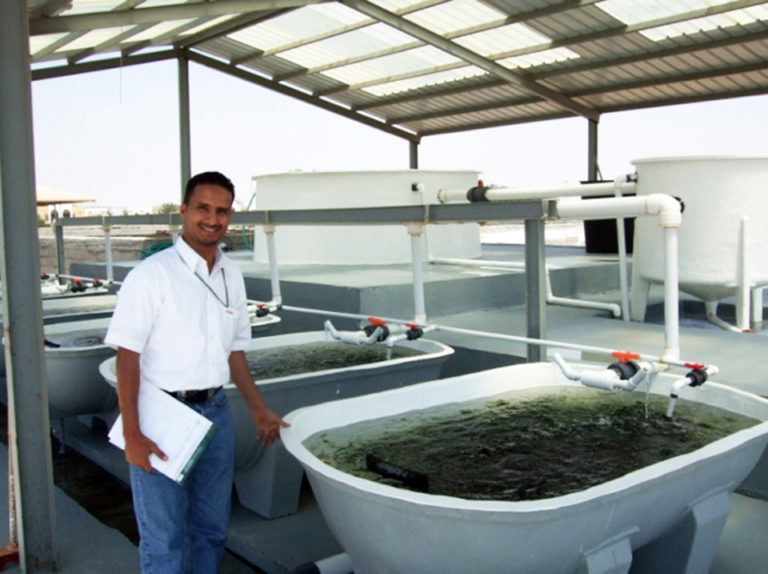
Health & Welfare
Saudi Arabia has a growing aquaculture industry that farms mainly tilapia, but also shrimp, grouper, sea bream, rabbitfish and mullet. Although aquaculture is a major source of supply for fresh fish, it has not grown fast enough to meet the country’s growing demand.
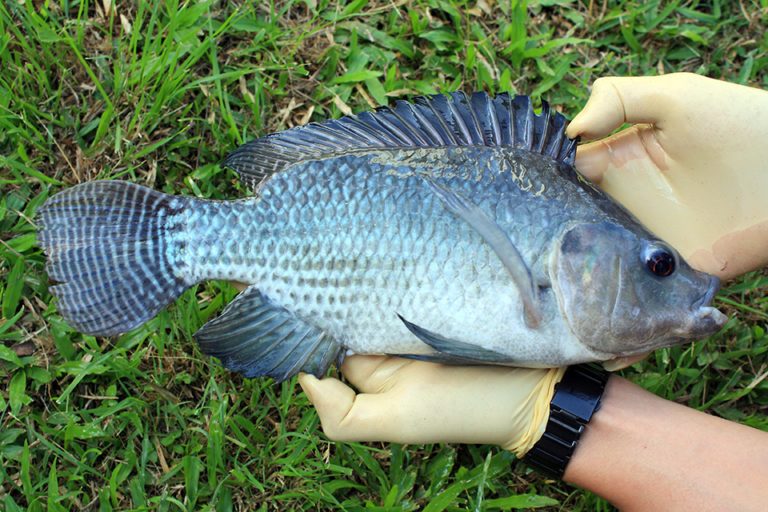
Health & Welfare
In a trial, a novel dietary vegetable oil blend was able to totally replace fish oil in tilapia diets without negatively impacting growth performance.
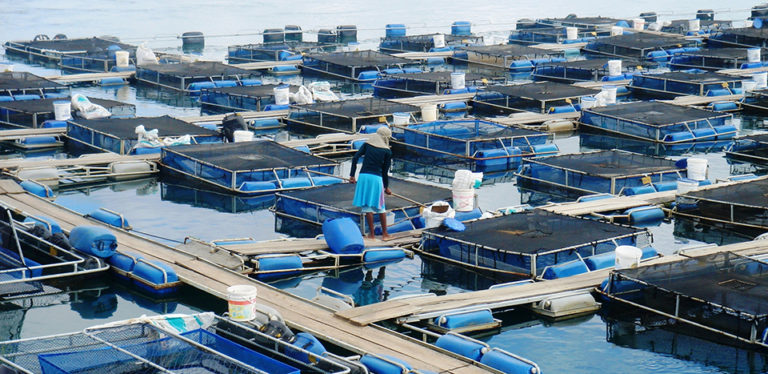
Health & Welfare
Much of Brazil’s expanding tilapia aquaculture takes place in floating cages with sturdy frames and nets made from plastic-coated steel or polypropylene.
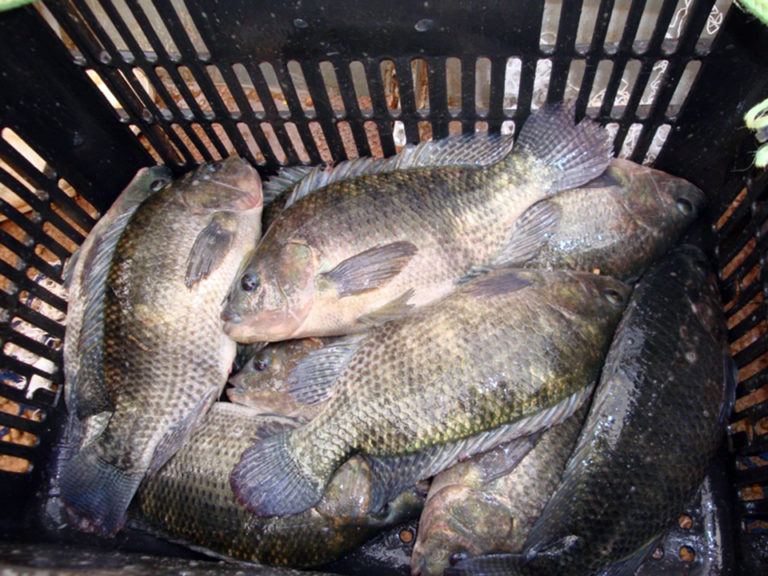
Health & Welfare
Determining dietary requirements for tilapia requires precise formulation. Individual amino acids must be considered to establish well-balanced diets.
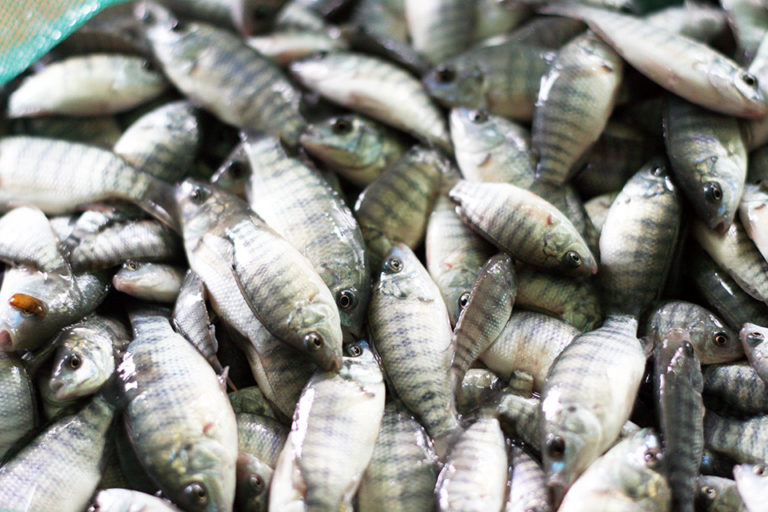
Health & Welfare
Published information on the effects of including organic acids and their salts at low concentrations in aquafeeds varies according to fish species and age, as well as the types and levels of organic acids and salts used.
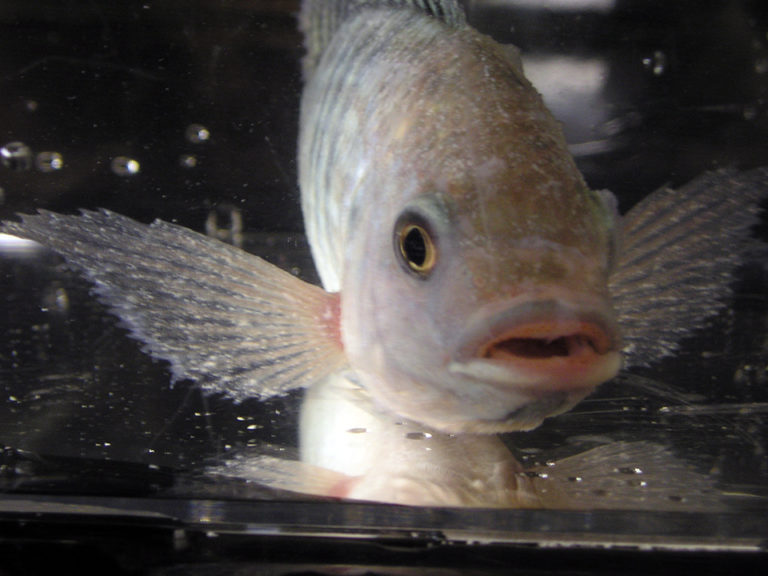
Health & Welfare
In research on alternatives to formalin treatment to control Ich infestation, the authors performed a study that compared the immune responses of Nile tilapia and red tilapia against the parasite.
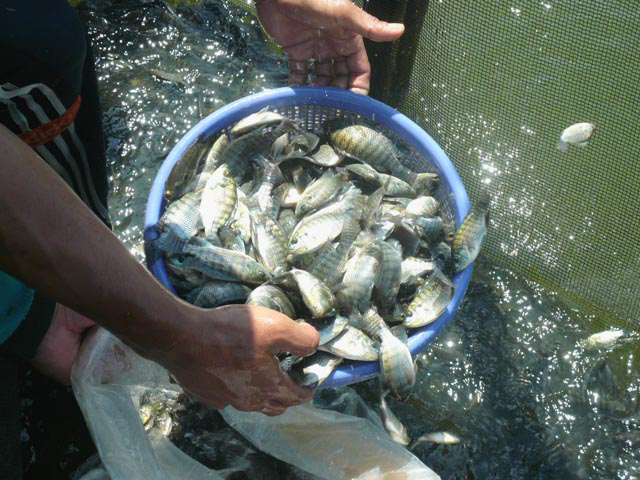
Health & Welfare
Tilapia quickly reach sexual maturity in culture, and unless controlled, the fish reproduce and offspring compete for food. All-male culture of tilapia is preferred because of their fast growth and larger average size.
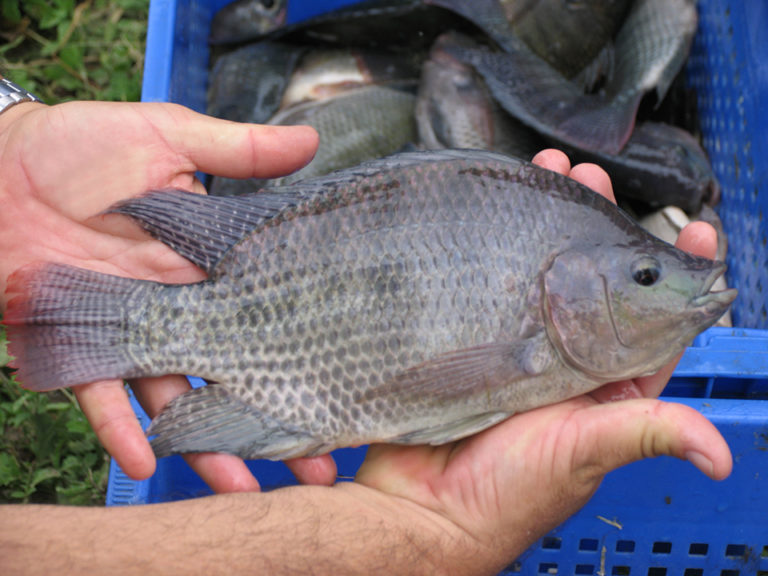
Health & Welfare
The effective control of tilapia health depends on integrated management that considers all factors, including species, the environment, pathogens present and farm management practices.